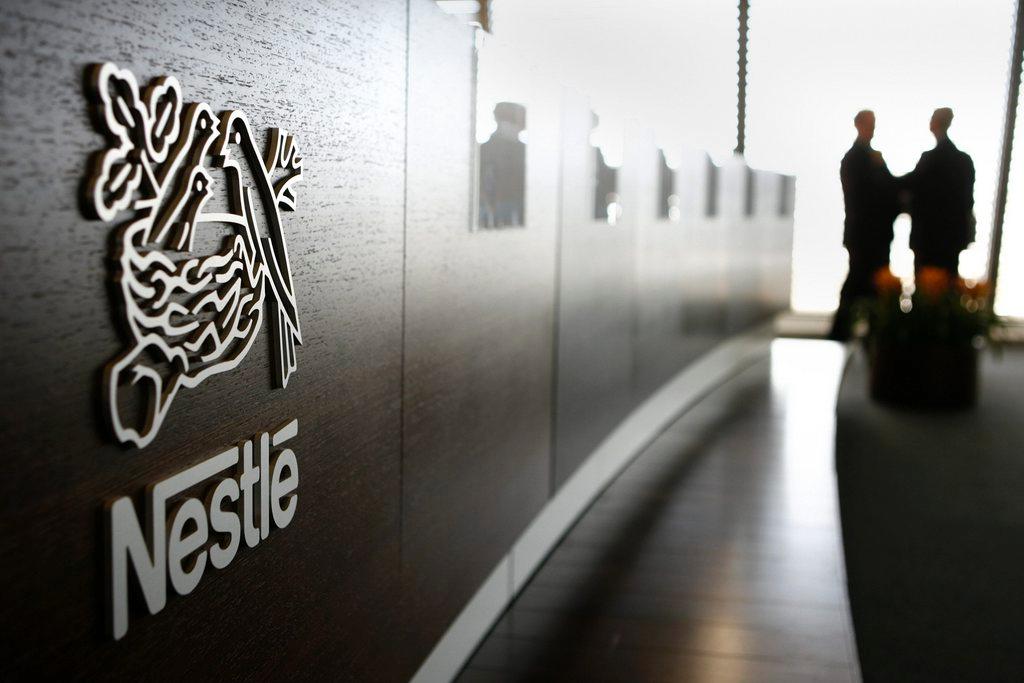Nestlé cuts Africa workforce as middle class growth disappoints

Nestlé, the biggest food and drinks company, is cutting 15 per cent of its workforce across 21 African countries because it says it overestimated the rise of the middle class.
“We thought this would be the next Asia, but we have realised the middle class here in the region is extremely small and it is not really growing,” Cornel Krummenacher, chief executive for Nestlé’s equatorial Africa region, told the Financial Times in an interview at the regional headquarters in Nairobi. The region covers 21 countries including Kenya, DR Congo and Angola.
The retrenchment is in contrast with Africa’s consumption-fuelled growth story, which has drawn investors in search of a new, fast-growing market.
It underlines difficulties for foreign entrants into the sub-Saharan markets, which are dominated by family businesses broadly thriving on local know-how and the sale of cheap products tailored to individual countries.
Mr Krummenacher said turnover in the region had failed to deliver in line with initial growth forecasts set out in 2008, when Nestlé, which has invested close to $1bn in Africa in the last decade, stepped up its expansion in the region. Since then it has built a clutch of new factories, aiming to double its business every three years.
Cuts and borrowing from headquarters
Instead, so far this year, Nestlé has closed its offices in Rwanda and Uganda entirely, is reducing its product line by half, and might close some of its 15 warehouses before September. Mr Krummenacher said the company would be lucky to reach annual 10 per cent growth in future years.
“We don’t have enough money every month to pay the bills. With these cuts, we hope we will be able to break even next year,” said Mr Krummenacher, who added that Nestlé had been borrowing from its Swiss headquarters and local banks to pay wages and buy raw materials.

More
Financial Times
External linkA survey from the African Development Bank put the continent’s middle class at 330m people in 2011. But a survey from Standard Bank last year – highlighted by Mr Krummenacher during the interview – puts it at a more sobering 15m across 11 countries, with only 800,000 middle class households in Kenya, a nation of 44m people.
Nestlé’s experience contrasts with that of several local competitors in the region who are still expanding, while several new shopping malls are opening across the continent this year, drawing big-name anchor tenants such as Walmart and Carrefour.
For example, Nigeria, which is not part of Mr Krummenacher’s remit, is estimated to have 8m people in its middle class.
“I think Nestlé bet big and it didn’t come through,” said Aly-Khan Satchu, an investment adviser in Nairobi. “It didn’t have the right products for the market and the growth of the middle class is not as fast-paced as it might have been. Some multinationals expected a steeper trajectory.”
The tabular content relating to this article is not available to view. Apologies in advance for the inconvenience caused.
Other multinationals affected
Nestlé is not the only foreign manufacturer drawn by the lure of a rising consumer class to be defeated by harsh operating conditions. Coca-Cola, Cadbury and Eveready have all cut jobs or factories in Kenya in recent months.
Several have come unstuck thanks to banking on overambitious growth forecasts.
“Urbanisation is usually very good for manufacturers, but in this case many people are literally living in slums, so they have nothing to spend,” said Mr Krummenacher.
An estimated two-thirds of Nairobi’s 4m residents live in informal settlements.
Mr Krummenacher also pointed to poor infrastructure – he said transport prices account for up to 75 per cent of costs – as well as corruption, floods, riots and currency depreciations.
“It’s true that mass disposable income and strong middle-class growth isn’t really there,” said one retail analyst based in Kenya, who did not want to be named. “But Nestlé and others are also losing the fight with homegrown companies. They have that local appeal, and they have put time and money into upgrading packaging, standards and branding that puts them on a more competitive footing with foreign products.”
At least four big regional supermarket chains have launched their own cheap and reliable private labels – such as the Blue label from Nakumatt, the biggest supermarket in the region with 53 stores – which compete with products from multinationals such as Nestlé.
Mr Krummenacher said it would concentrate on core offerings such as stock cubes and powdered milk, and drop its focus pushing more elite products such as pet food, confectionery, Nespresso coffee capsules and even breakfast cereals, even though competitors in the market are pleased with growth.
“We have double-digit growth year on year,” says Catherine Mudachi at the Kenyan office of the Chinese-owned UK brand Weetabix, which says it has 80 per cent of the 2,700-tonne-a-year breakfast cereal market in Kenya. “The cereal market is still small but obviously more people are changing their habits, and certainly there’s growth.”
Adds to noodle worries
Nestlé suffered another blow when it was forced to withdraw Indian-manufactured Maggi noodles stocked by two east African suppliers after news of a food safety scare in India reached Kenyan health officials.
Mr Krummenacher said the company was communicating with the ministries of health in Kenya, Mauritius and Zimbabwe over the scare – involving the level of lead in noodle packs – and expected supermarkets to have the noodles back on shelves within days if they received the all-clear.
“It’s only 70 boxes – that’s 3,000 packets – and we think they’re safe, but it’s another headache.”
Copyright The Financial Times Limited 2015
Sir, your report “Nestlé cuts Africa workforce as middle class growth disappoints” (June 17) may have given the mistaken impression that we are somehow pulling back from Africa. The fact is that this staff adjustment relates to five countries in Equatorial Africa and represents less than 1 per cent of the 11,000 people we employ in sub-Saharan Africa.
I want to highlight our long-term commitment to, and confidence in, the future of sub-Saharan Africa. Over the past 10 years, we have enjoyed strong, double-digit growth there. Since the elections in Nigeria last April, our Central and West Africa Region, which accounts for well over half of Nestlé’s business in sub-Saharan Africa, is experiencing strong growth. The South Africa Region was one of Nestlé’s fastest-growing markets in the first quarter of this year, with double-digit growth. And we also remain optimistic about the medium-term prospects of our Equatorial Africa Region.
This performance is the result of our significant investments across sub-Saharan Africa over the past decade, which have been consistently above the group average. These are not “big bets that have not come through” as one of your interviewees suggests but platforms for the future. Earlier this year, we expanded our production facility in the Democratic Republic of Congo, and further investments in the region are foreseen over the coming years.
Yes, we are very positive about Africa’s future.

In compliance with the JTI standards
More: SWI swissinfo.ch certified by the Journalism Trust Initiative











You can find an overview of ongoing debates with our journalists here . Please join us!
If you want to start a conversation about a topic raised in this article or want to report factual errors, email us at english@swissinfo.ch.